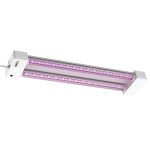Sleep Better with the Best Color LED Light: A Comprehensive Guide
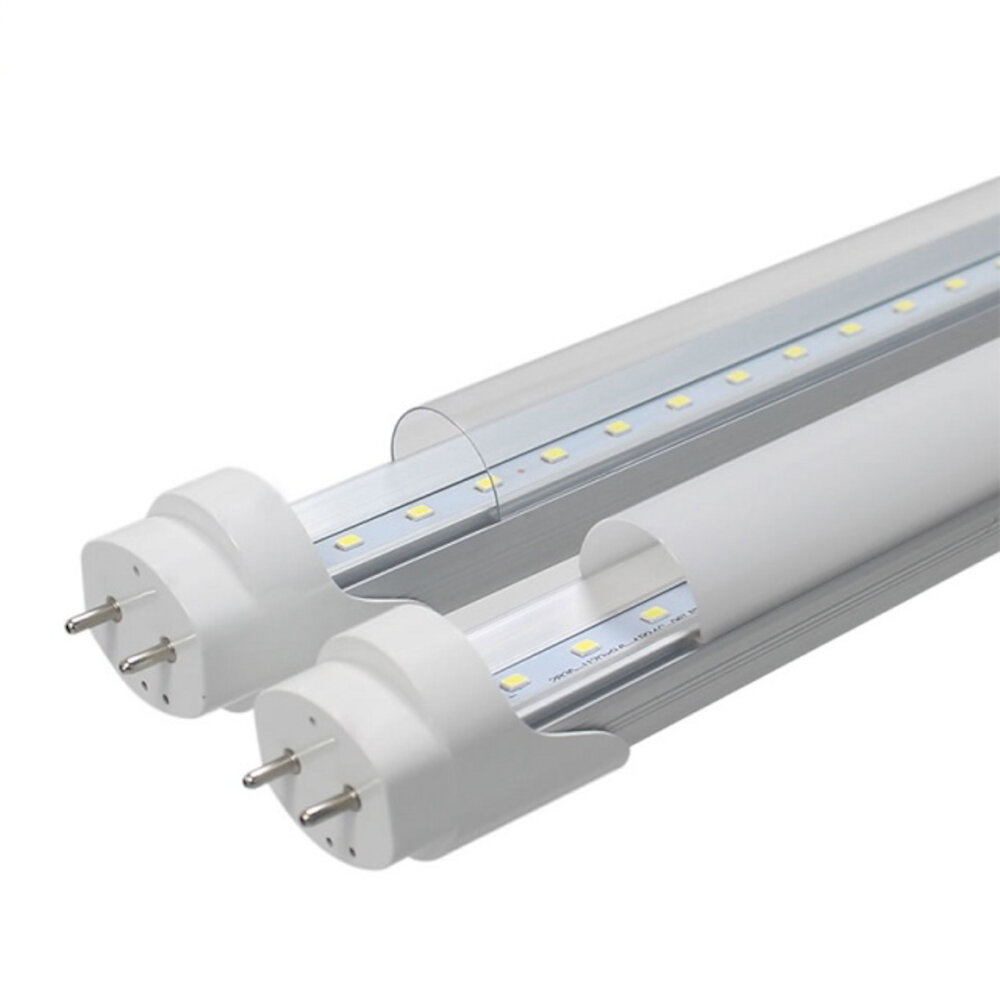
Getting a good night’s sleep is a fundamental aspect of maintaining a healthy lifestyle, but unfortunately, many people struggle with this. There are countless reasons why someone might not be able to sleep well, from stress and anxiety to physical discomfort and environmental factors. While there’s no magic solution that works for everyone, many people have found that using an LED light can help them sleep better. But with so many different colors and types of LED lights on the market, it can be tough to know where to start. That’s why we’ve put together this comprehensive guide to help you choose the best color LED light for your sleep needs. In this guide, we’ll explore the science behind how LED lights can impact your sleep patterns, as well as the different types of LED lights available and their specific benefits. We’ll also provide practical tips and advice for choosing and using an LED light to help you sleep better. Whether you’re someone who struggles to fall asleep, stays up late scrolling through social media, or simply wants to improve the quality of your sleep, this guide has something for everyone. So let’s dive in and explore the world of LED lights and better sleep.
Sleep is an essential biological process that is critical for overall health and well-being. It is during sleep that our bodies repair and rejuvenate themselves, consolidating memories and processing emotions. Lack of sleep has been linked to a range of health problems, including cardiovascular disease, obesity, and cognitive impairment. Additionally, the quality of our sleep is just as important as the quantity, with a lack of deep, restful sleep leading to daytime fatigue and decreased productivity. Therefore, it is crucial to prioritize sleep and create a conducive sleep environment, such as using color LED lights to promote relaxation and enhance the overall quality of sleep.
LED lights can have a significant impact on sleep quality due to their effects on the body’s circadian rhythm. Blue and white LED lights, in particular, suppress the production of melatonin, a hormone responsible for regulating sleep-wake cycles. Exposure to these lights in the evening can disrupt the body’s natural sleep cycle, leading to difficulty falling asleep, staying asleep, and feeling rested upon waking. Alternatively, warmer-toned LED lights, such as those in the red or orange spectrum, promote the production of melatonin and can aid in relaxation and restful sleep. Switching to warmer LED lights or using dimmer settings in the evening can help improve sleep quality and overall well-being.
The purpose of the article \Sleep Better with the Best Color LED Light: A Comprehensive Guide\ is to provide readers with comprehensive information on how the color of LED lights can affect sleep quality. The article aims to educate readers on the science behind how different colors of light affect the body’s natural sleep cycle and offers practical tips on how to select the best color LED light to improve sleep quality. The article also provides insights on the benefits of using LED lights for sleep, including improved energy levels, better mood, and reduced anxiety. Overall, the article aims to help readers make informed decisions when choosing LED lights for their sleep environment to achieve optimal sleep quality.
How LED Light Affects Sleep
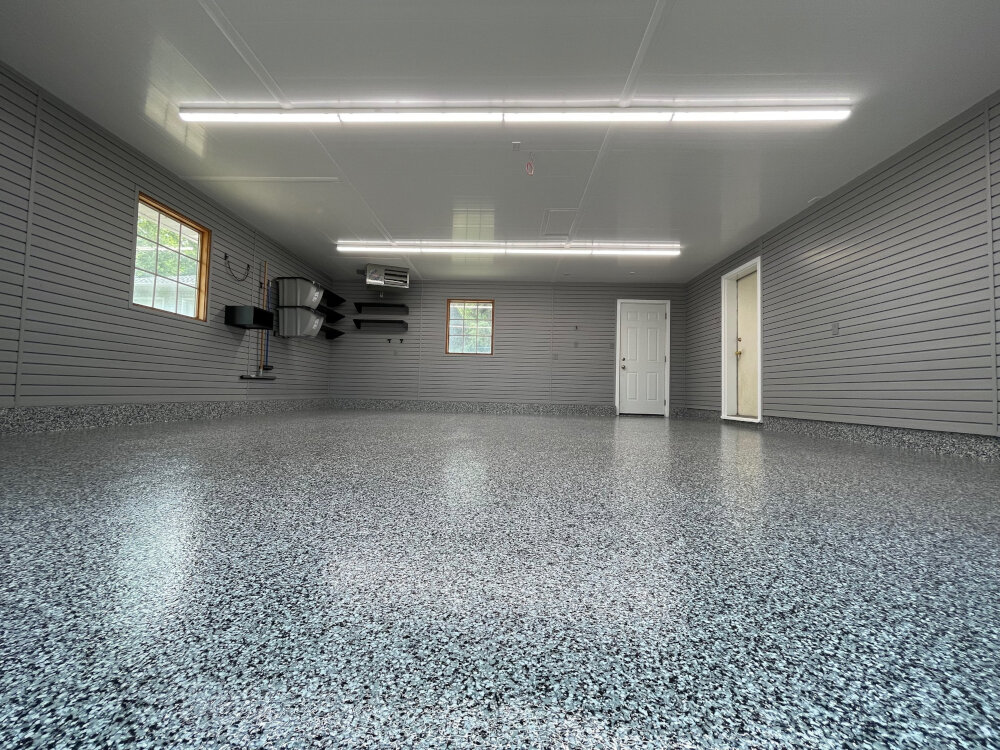
The use of LED lights has increased exponentially in recent years, and with its many benefits, it has also brought some negative effects. One of the most significant impacts of LED lights is on our sleep patterns. LED lights emit blue light, which can suppress the production of melatonin, a hormone that regulates our sleep-wake cycle, in our bodies. This means that exposure to LED lights before bedtime can disrupt our sleep and make it harder to fall asleep. It is essential to understand the impact of LED lights on our sleep patterns and take steps to minimize their effects for a healthy sleep cycle. To mitigate the effects of LED lights on our sleep, it is essential to choose the right color and intensity of the LED light. Warm light, such as red or orange, is the best option for promoting sleep. These colors have longer wavelengths, which make them less disruptive to our circadian rhythm. Additionally, dimming LED lights can also reduce the impact of blue light on melatonin production. Using smart LED lights with adjustable color and brightness settings can help create a relaxing environment conducive to sleep. By choosing the right LED light options, we can improve our sleep quality and promote overall health and wellbeing.
The circadian rhythm plays a crucial role in regulating our sleep patterns. This internal biological clock is responsible for controlling our sleep-wake cycle and helps us maintain a consistent sleep routine. The circadian rhythm responds to changes in light, which is why exposure to bright light in the morning helps us wake up and exposure to darkness at night helps us fall asleep. Disruptions to our circadian rhythm, such as from irregular sleep schedules, shift work, or exposure to blue light at night, can lead to difficulty falling asleep and staying asleep. Therefore, it is important to prioritize good sleep hygiene and incorporate tools such as the best color LED light to help regulate our circadian rhythm and improve the quality of our sleep.
The impact of blue light on sleep is a topic that has gained increasing attention in recent years. Blue light, which is emitted by electronic devices such as smartphones, tablets, and computers, has been found to suppress the production of melatonin, a hormone that regulates sleep-wake cycles. This means that exposure to blue light can disrupt the body’s natural sleep rhythm, making it harder to fall asleep and stay asleep. To counteract this, many people are turning to LED lights with warmer, more relaxing colors that are less likely to interfere with their sleep. By making small changes to their lighting environment, individuals can create a more restful and soothing atmosphere that supports better sleep.
The color of light can significantly impact our sleep patterns. Blue light, for instance, suppresses melatonin production, making it harder for us to fall asleep. On the other hand, warm colors such as red, orange, and yellow have a calming effect on the body, promoting relaxation and helping us drift off to sleep. Green light, meanwhile, is believed to have a soothing effect on our nervous system and can help regulate our circadian rhythms. It’s important to choose the right color LED light for your bedroom to ensure that you get a good night’s sleep and wake up feeling refreshed and energized.
The Best Color LED Light for Sleep
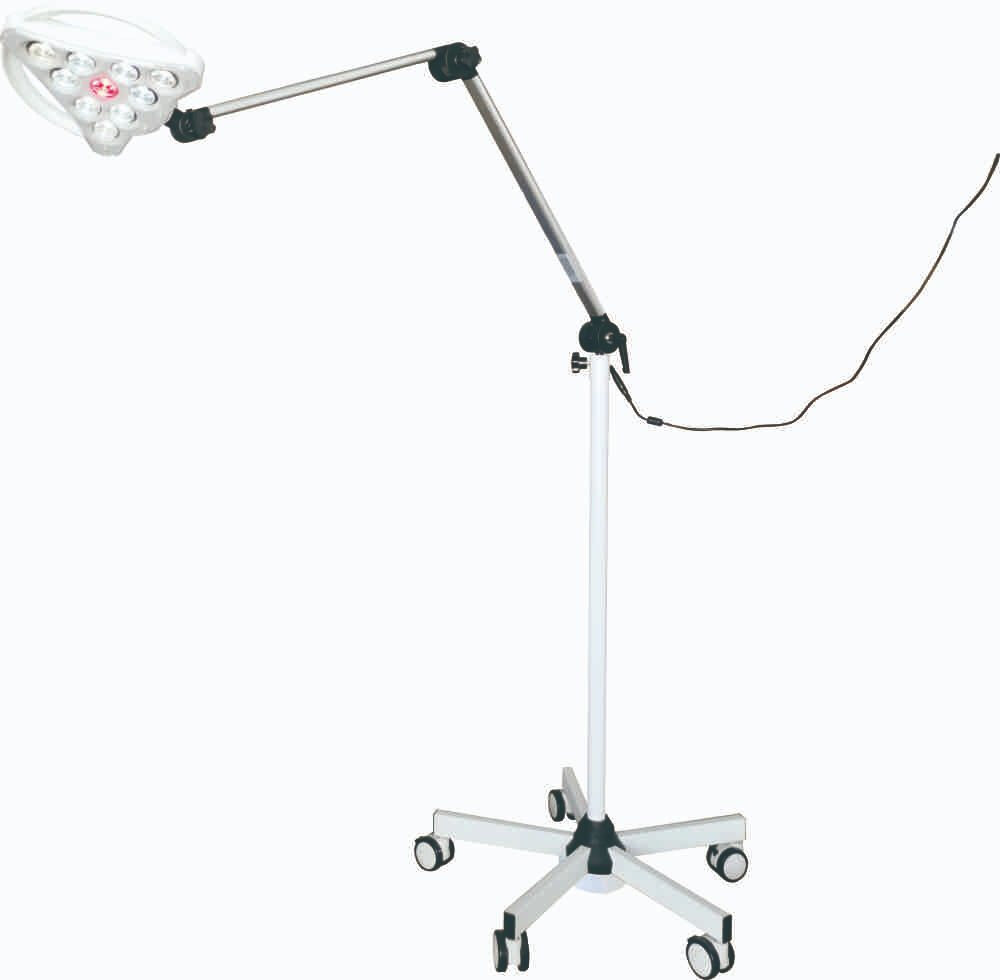
When it comes to getting a good night’s sleep, the color of the LED light in your bedroom can make a big difference. The best color LED light for sleep is a warm, soft, and soothing color like orange or amber. These colors have a calming effect on the mind and body, helping you to relax and fall asleep faster. They also have a lower color temperature than other colors, which means they produce less blue light. Blue light can suppress the production of melatonin, the hormone responsible for regulating sleep, making it harder for you to fall asleep and stay asleep. By using a warm, soft, and soothing color LED light, you can create a peaceful and relaxing environment that promotes restful sleep. It’s also essential to choose an LED light with adjustable brightness levels. Bright lights can be stimulating and disruptive to sleep, particularly if they’re too bright. Dimming the lights in your bedroom can help you to unwind and prepare for sleep. A good LED light should have adjustable brightness levels that allow you to customize the lighting in your bedroom. This way, you can adjust the brightness level based on your needs and preferences, whether you’re reading a book, watching TV, or getting ready for bed. By selecting the best color LED light for sleep and adjusting the brightness level, you can create a relaxing and comfortable environment that promotes restful sleep.
The choice of color for LED lighting can significantly impact the quality of sleep. The best colors for sleep are those that evoke a sense of calmness and relaxation. Colors like blue, green, and purple are excellent choices as they are known to promote relaxation and reduce stress levels. Blue has a calming effect on the mind and body, while green promotes balance and harmony. Purple is associated with calmness and helps to reduce anxiety. On the other hand, colors like red and yellow should be avoided as they are known to be stimulating and increase alertness, which can disrupt sleep patterns. When choosing LED lights for the bedroom, it is essential to select warm, soft tones that help create a soothing ambiance conducive to a good night’s sleep.
The color of light can have a significant impact on one’s sleep quality, and it is essential to choose the right LED light for your bedroom. Warm light, also known as yellow or amber light, creates a cozy and relaxing environment, making it ideal for winding down before bed. It has a soft, pleasant glow that can create a soothing atmosphere in your bedroom. In contrast, cool light, also known as blue or white light, has a high color temperature and creates a more stimulating and energizing environment. It is perfect for waking up in the morning and getting your day started. However, prolonged exposure to cool light before bedtime can disrupt your natural sleep-wake cycle and make it harder to fall asleep. Therefore, it is recommended to use warm light in the evening and cool light in the morning to regulate your sleep patterns and improve your overall sleep quality.
Red and amber light have several benefits that make them ideal for promoting better sleep. Red light has a longer wavelength, which means it produces less blue light that can disrupt your circadian rhythm. This makes it an excellent choice for winding down before bedtime, as it can help your body transition into a state of relaxation. Additionally, red light has been shown to improve melatonin production, the hormone responsible for regulating your sleep-wake cycle. Amber light, on the other hand, has a similar effect on melatonin production, but with the added benefit of reducing eye strain and glare. This makes it an excellent choice for reading or watching TV before bed without disrupting your sleep. Overall, incorporating red and amber light into your nighttime routine can help you sleep better and wake up feeling more refreshed.
Choosing the Right LED Light for Sleep
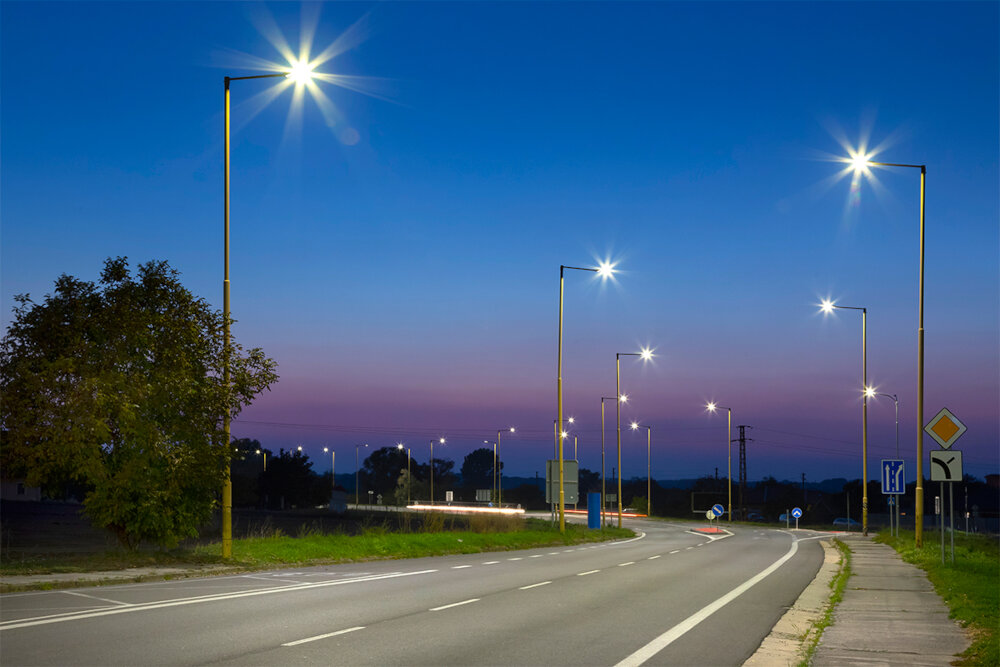
Choosing the right LED light for sleep can make a significant difference in the quality of your rest. There are a few factors to consider when selecting an LED light that will promote healthy sleep patterns. Firstly, it is important to consider the color temperature of the light. Blue light, which is often emitted by electronic devices and LED lights, can interfere with sleep patterns by suppressing the production of melatonin, a hormone that regulates sleep. Therefore, it is recommended to choose an LED light with a warm color temperature, ranging from 2200K to 3000K, which will promote relaxation and encourage the production of melatonin. Another important factor to consider when choosing an LED light for sleep is the brightness level. It is essential to select a light that is not too bright, as this can cause discomfort and make it difficult to fall asleep. A dimmer or adjustable LED light is ideal for promoting a relaxing atmosphere that encourages sleep. Additionally, it is important to consider the placement of the LED light in the bedroom. It is recommended to position the light in a way that will not directly shine into your eyes, as this can also interfere with sleep patterns. By considering these factors and selecting the right LED light for sleep, you can improve the quality and duration of your rest, leading to a healthier and more energized lifestyle.
When selecting an LED light for better sleep, there are several factors to consider. Firstly, it is important to choose a light that emits a warm, soothing color temperature, preferably between 2700-3000K. This mimics the natural light of sunset and promotes relaxation. Secondly, the brightness of the light should be adjustable, allowing for customization based on personal preference and room size. Thirdly, consider the color rendering index (CRI) of the light, which measures how accurately the light source displays colors compared to natural light. A CRI of 90 or higher is ideal for creating a comfortable and natural environment. Lastly, it is important to select a light source that is energy-efficient and has a long lifespan, to ensure cost-effectiveness and sustainability.
Getting good sleep is essential for our overall health and well-being, and using the right products can help create a comfortable and relaxing sleeping environment. One of the most recommended products for optimal sleep is a color LED light. These lights come in a range of colors that can help regulate our circadian rhythms and promote natural sleep patterns. Blue light, for example, can suppress the production of melatonin and keep us awake, while warm yellow light can stimulate the production of melatonin and help us fall asleep. Additionally, dimmable LED lights can create a soothing ambiance that promotes relaxation and enhances our ability to fall asleep quickly. Overall, investing in a quality color LED light can be a simple yet effective way to improve our sleep quality and overall health.
Setting up your LED light for sleep is an effective way to improve the quality of your slumber. Firstly, it’s important to choose the right color temperature. Warm-toned LED lights are ideal for sleep as they mimic the warm hues of a sunset and promote relaxation. Secondly, it’s important to adjust the brightness of your LED light. You want it to be dim enough to encourage your body to produce melatonin, the hormone that regulates sleep, but bright enough to navigate your way to the bathroom if needed. Lastly, it’s important to establish a routine. Set a timer for your LED light to turn off around the same time every night to signal to your body that it’s time to wind down and prepare for sleep. By following these simple steps, you can create a peaceful and restful environment that will help you sleep better and wake up feeling refreshed.
Tips for Better Sleep
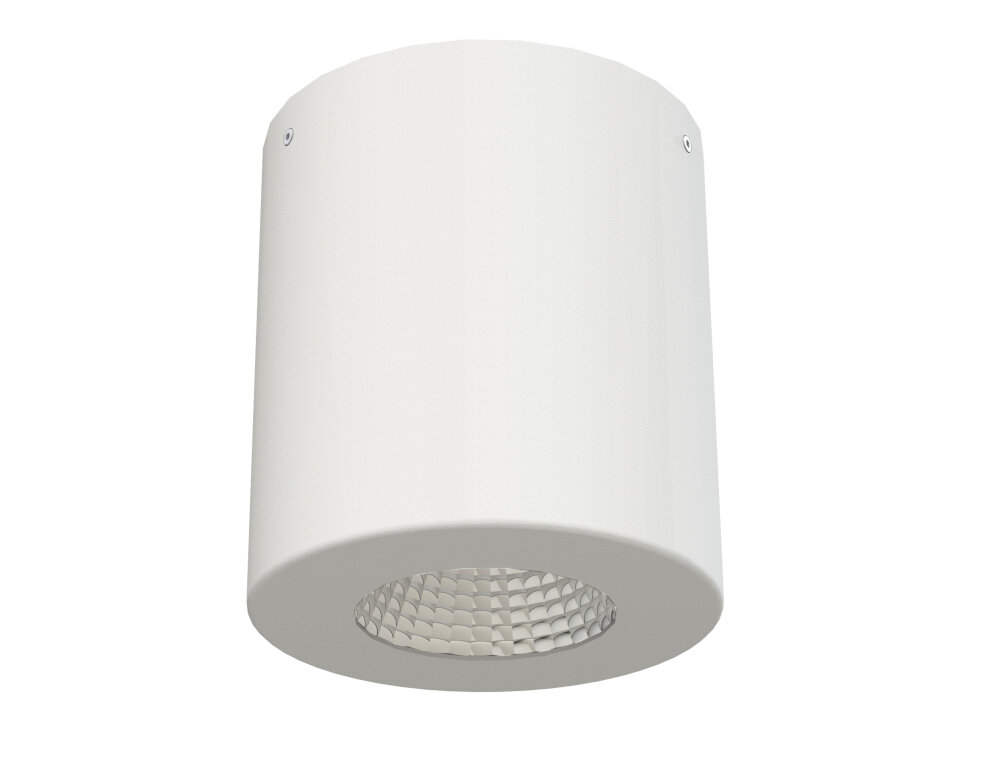
Getting a good night’s sleep is essential for overall health and well-being. However, with our busy and stressful lifestyles, it can be challenging to get the recommended 7-9 hours of sleep each night. There are several tips for better sleep that you can follow to improve your sleep quality. First, establish a consistent sleep schedule by going to bed and waking up at the same time each day, even on weekends. This helps regulate your body’s internal clock and promotes better sleep quality. Second, create a relaxing bedtime routine by avoiding stimulating activities such as working on your computer or watching TV in the hour before bedtime. Instead, try taking a warm bath or reading a book to help you unwind. Finally, make sure your sleeping environment is conducive to sleep. Keep your bedroom cool, dark, and quiet, and invest in a comfortable mattress and pillows. LED lights can also help improve your sleep quality. Studies have shown that exposure to bright, blue light in the evening can disrupt our circadian rhythm and make it harder to fall asleep. On the other hand, warm, red light can promote relaxation and help us fall asleep faster. By using LED lights with adjustable color temperatures, you can create a sleep-friendly environment in your bedroom. For example, you can use warm, red light in the evening to promote relaxation and switch to cooler, blue light in the morning to help wake you up. By following these tips and using LED lights to create a sleep-friendly environment, you can improve your sleep quality and wake up feeling refreshed and energized.
In addition to using color LED lights for improving sleep quality, there are a few other tips that can help you get a good night’s rest. First, establish a consistent sleep schedule by going to bed and waking up at the same time every day. This helps regulate your body’s internal clock and promotes better sleep. Second, create a relaxing sleep environment by keeping your bedroom cool, quiet, and dark. Consider using blackout curtains or a white noise machine if necessary. Third, avoid caffeine and alcohol before bedtime, as they can disrupt your sleep. Finally, try to unwind before bed by engaging in relaxing activities such as reading, taking a warm bath, or practicing meditation or deep breathing exercises. By incorporating these tips into your routine, you can improve your overall sleep quality and wake up feeling refreshed and energized.
Establishing a consistent bedtime routine is crucial for achieving a good night’s sleep. Not only does it signal to your mind and body that it’s time to wind down, but it also helps to create a sense of predictability and stability in your daily routine. This can be especially beneficial for those who struggle with insomnia or other sleep disorders. By incorporating relaxing activities such as reading, stretching, or taking a warm bath, you can promote a sense of calm and relaxation that can help you drift off to sleep more easily. Additionally, using a color LED light that emits a warm, soothing hue can further enhance the calming effect of your bedtime routine and create a peaceful sleep environment.
The role of exercise and diet in sleep is critical for maintaining a healthy and restful sleep routine. Regular exercise can help reduce stress and anxiety, leading to improved sleep quality. However, it is important to note that exercising too close to bedtime can have the opposite effect and make it harder to fall asleep. Additionally, a well-balanced diet can also contribute to better sleep, as certain foods contain nutrients that can promote relaxation and help regulate sleep patterns. For example, foods high in magnesium, such as leafy greens and nuts, can help calm the nervous system and improve sleep quality. Overall, incorporating regular exercise and a healthy diet into your lifestyle can greatly improve your sleep and overall well-being.
Sleep is a crucial aspect of our daily lives, as it helps to rejuvenate and revitalize the body and mind. Adequate sleep is essential for optimal cognitive function, emotional stability, and overall health and well-being. However, the increasing prevalence of LED light technology has disrupted our natural sleep patterns, as it emits blue light that suppresses the production of the sleep hormone melatonin, making it harder to fall asleep and stay asleep. This disruption can lead to a range of negative health outcomes, including poor concentration, mood disorders, and an increased risk of chronic diseases. Therefore, it is important to be mindful of the impact of LED light on our sleep and to choose the right color LED light to promote healthy sleep habits.
In conclusion, selecting the best color LED light for better sleep is a crucial aspect of creating a peaceful and relaxing environment in your bedroom. By understanding the impact of different colors on our circadian rhythm and sleep quality, we can make informed decisions about the type of LED light that suits our needs. Blue light, for example, should be avoided at night due to its disruptive effect on melatonin production, while warmer hues like red and orange can promote relaxation and sleepiness. Additionally, investing in a dimmable LED light that can simulate natural light throughout the day can further enhance our sleep-wake cycle. Overall, incorporating the right color LED light into our sleep routine can significantly improve the quality of our sleep and overall well-being.
If you’re struggling with poor sleep quality, incorporating LED light into your bedroom routine could be the solution you need. By using LED lights with a warm color temperature, you can create a relaxing and calming atmosphere that will help you unwind and fall asleep faster. Additionally, using LED lights with a cool color temperature during the day can help regulate your body’s natural circadian rhythm and improve your overall sleep quality. To get started, consider investing in a smart LED light that allows you to adjust the color temperature and brightness throughout the day. With a little bit of effort and the right tools, you can start sleeping better and waking up feeling refreshed and energized.
Conclusion
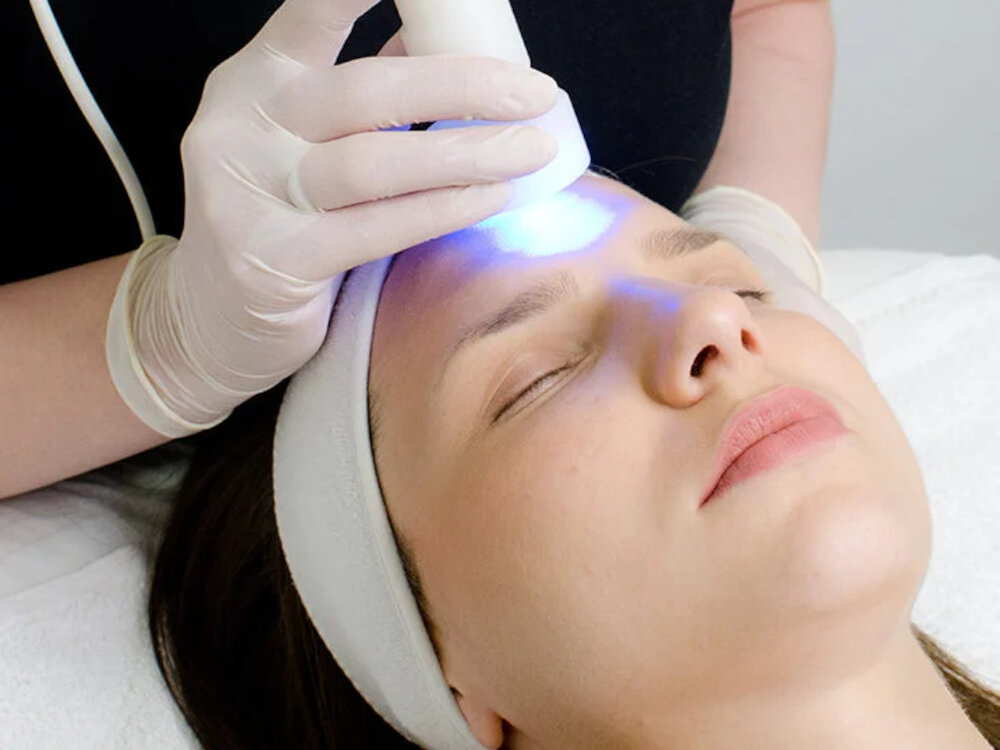
In conclusion, the impact of color LED lights on our sleep patterns is undeniable. By understanding the effects of different colors on our brains and bodies, we can choose the best color LED light to improve the quality of our sleep. From calming blues to relaxing greens, there is a wide range of options available to suit individual preferences and needs. By implementing the tips and recommendations outlined in this comprehensive guide, we can create a peaceful and restful sleep environment that promotes better health and wellbeing. So, take the time to experiment with different colors and find the perfect LED light to help you sleep better tonight.

